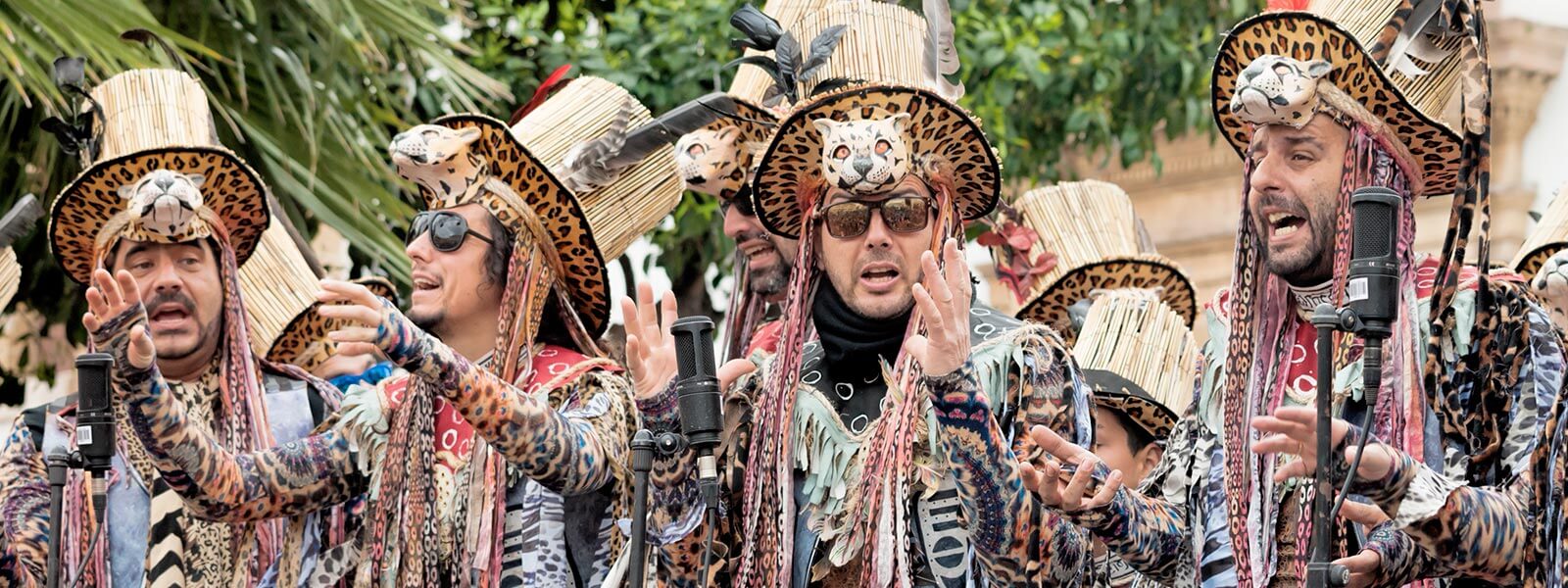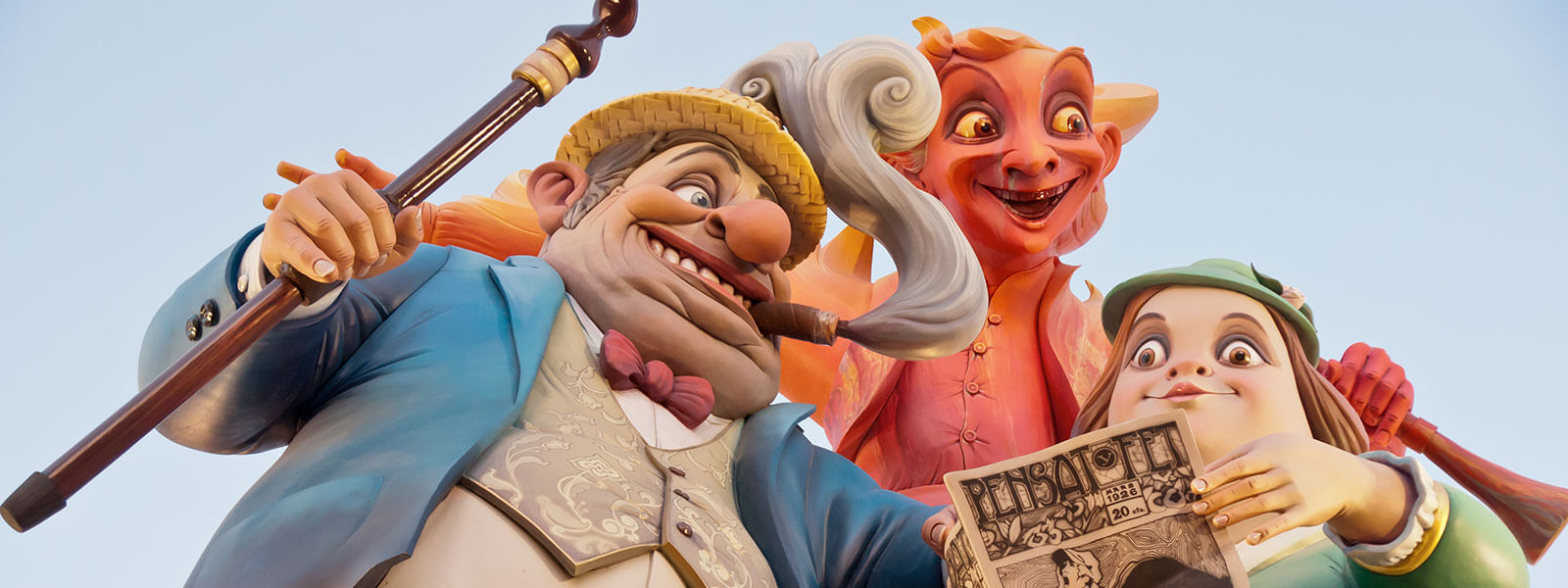
Semana Santa (Easter or Holy week) is already upon us and the whole of Spain will celebrate it: during these days processions and marches take place… Of course you will see many of these religious celebrations if you are here in Spain or at some point they will be discussed in the news. We are not going to recount once again what the Sevillian Semana Santa consist of or why the penitents wear those pointed headdresses. What we are going to do on this occasion is tell you about some traditions of this time of year which are equally eye-catching and fascinating yet a little less widely-known, but that are worth seeing if you are in Spain during this time.
Romances de Navaluenga: Navaluenga is a municipality of Ávila (in Castilla-León) where every Holy Thursday the figures of “Christ bound to the column”, “The Fall”, “Christ of Veracruz” and “Our Lady of Sorrows” are carried in procession. The congregation follow the path of these processions reciting romances (poems in which pairs of verses rhyme) by author Lope de Vega. At the end of the procession the different teams which have accompanied the figures compete to see which of them can recite the romance poems with the most passion and devotion. This celebration has barely changed since the 17th century.
Danza de la Muerte de Verges (Dance of the Death of Verges): In Verges, a town in Gerona, one of the most curious scenes of Holy Thursday takes place. After the dramatization of the life of Christ, the procession of the Passion begins, during which an entourage of 5 people dressed-up as skeletons perform a simple but impressive dance: each skeleton wears an object which represents the passing of time and death (a scythe, a clock without hands, a banner and two plates of ash). This entourage follows a procession of various hooded people who wear skull masks, carry torches and march to the rhythm of drum beats. This tradition dates back to the 14th century, when Verges suffered an outbreak of the Black Death which was interpreted as a divine punishment aimed at a village which had neglected its Christian obligations.
Turbas de Cuenca: a lot of confusion surrounds this tradition, wrongly named “procession of the drunks”: an unfounded urban legend affirmed that it was a procession in which the penitents left Christ in the street and went in to every bar they could see. But in reality this couldn’t be further from the truth: the crowds (as they are called today) represent the mockeries that Christ received on his journey to the Cross. So the different members accompanied the son of God playing tunes on trumpets and making noise with drums (we want to clarify that this isn’t a mockery, but rather the dramatization of the overwhelming cross). Sadly over recent years the urban legend has prevailed, the true meaning of this tradition will be suppressed due to the crowds organised by misinformed tourists. Today, fortunately, it has returned to being celebrated with more order and for a more respectable audience.
Another strange tradition takes place in Cartagena: in the capital of Murcia the penitents who accompany the religious images march to the sound of drums and in unison, regardless of whether they belong to different sororities or fraternities. When they arrive at one of the stops which represent the stages of the “way of the cross” (a representation of the journey that Jesus followed from his capture to his crucifixion and burial) they remain still as statues.
Of course these aren’t the only strange and little-known customs of Spanish Semana Santa. There are many more…but they would fill a whole book. What’s more, we want readers to discover them for themselves and tell us about them.
-
 Christmas decorations in Spain How are Christmas decorations in Spain? Look at this post and know the curiosities of Spanish houses and their traditions
Christmas decorations in Spain How are Christmas decorations in Spain? Look at this post and know the curiosities of Spanish houses and their traditions -
 Cadiz carnival: A brief history Discover the Carnival of Cádiz, the most popular party in the city of Andalusia, which has the funniest and most naughty songs you've never heard before.
Cadiz carnival: A brief history Discover the Carnival of Cádiz, the most popular party in the city of Andalusia, which has the funniest and most naughty songs you've never heard before. -
 How to construct a ‘falla’ Valencia celebrates its most popular party in style, that of ‘Las Fallas’. It is a celebration based on fire and fireworks. Discover this party
How to construct a ‘falla’ Valencia celebrates its most popular party in style, that of ‘Las Fallas’. It is a celebration based on fire and fireworks. Discover this party


